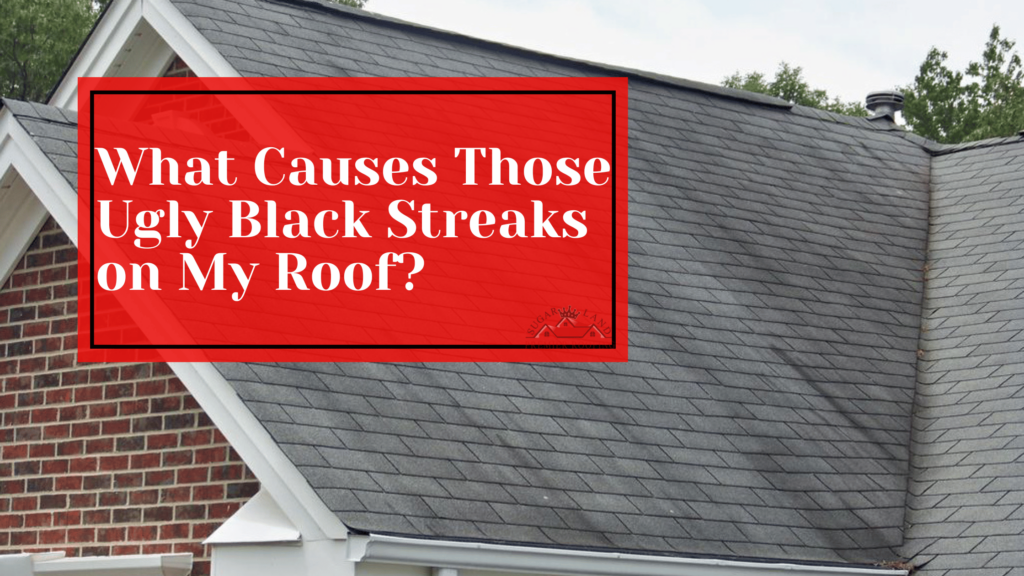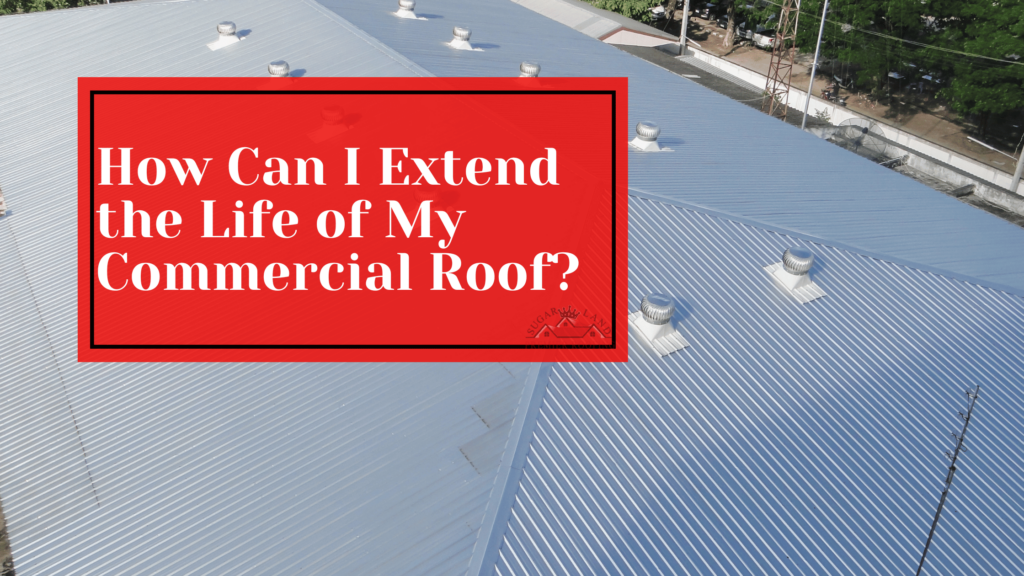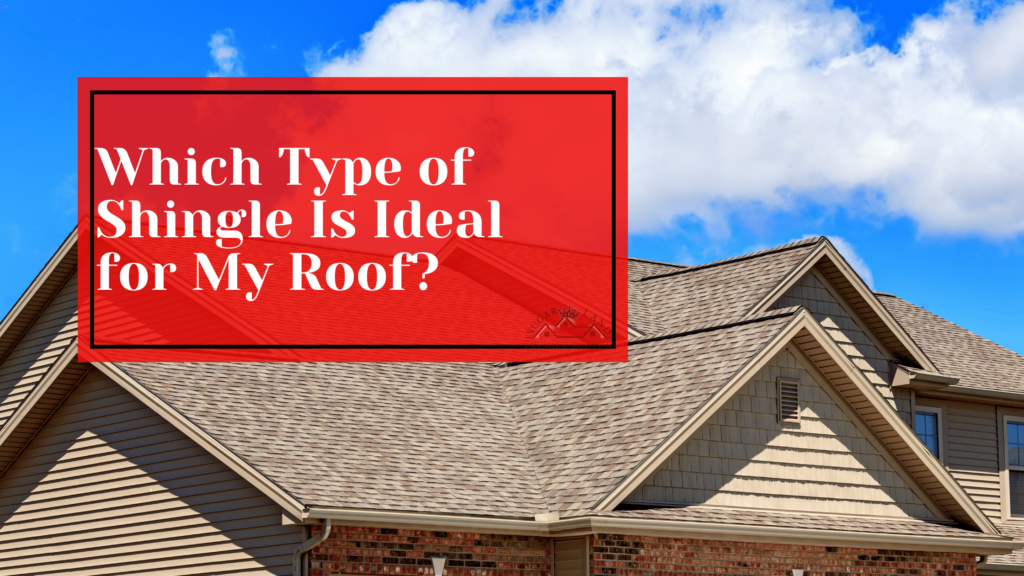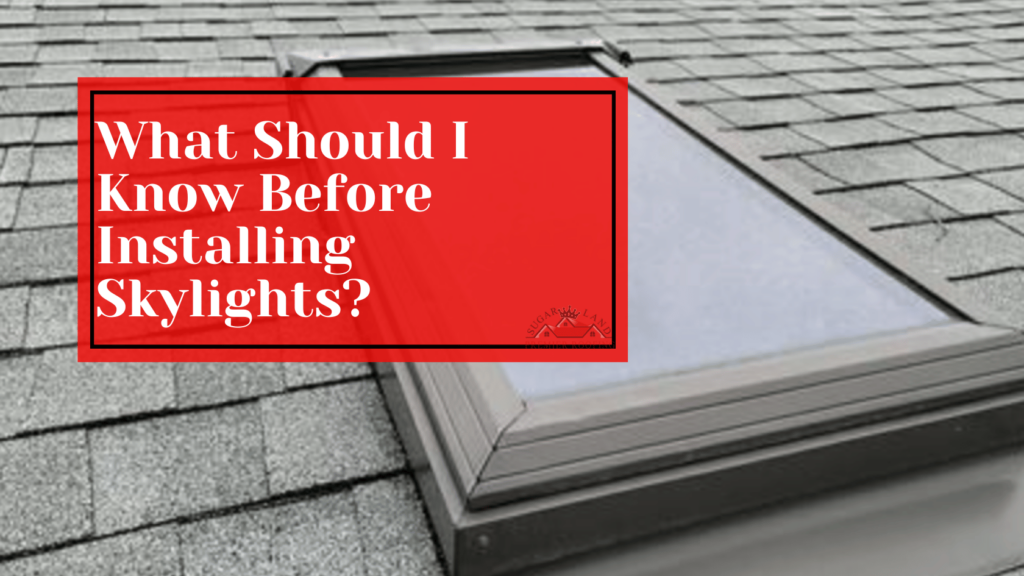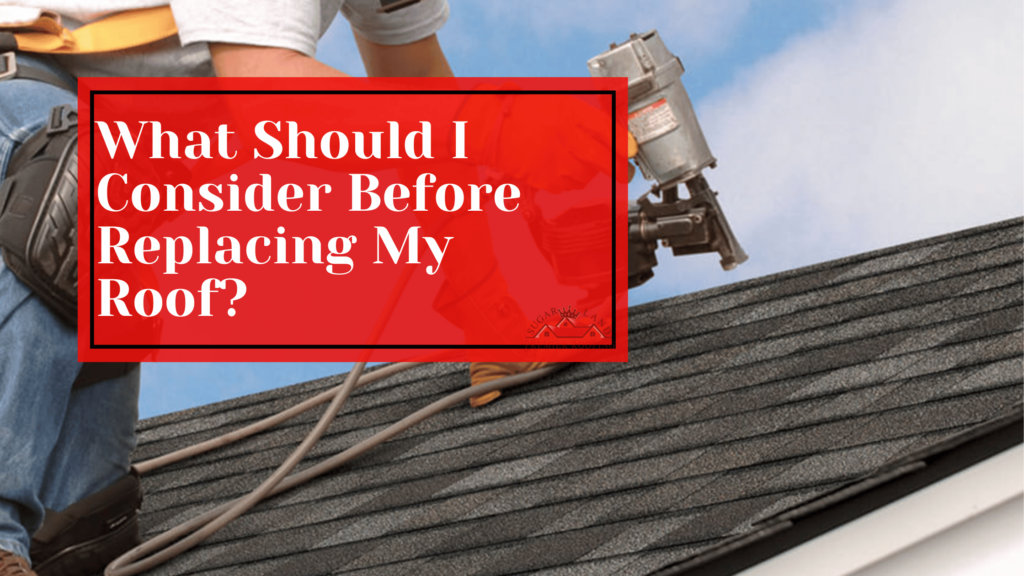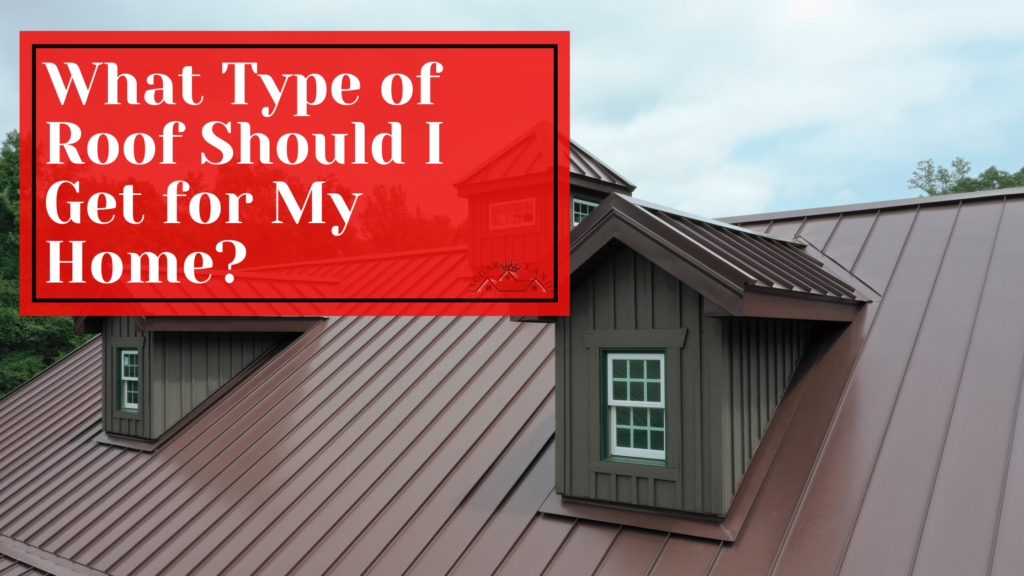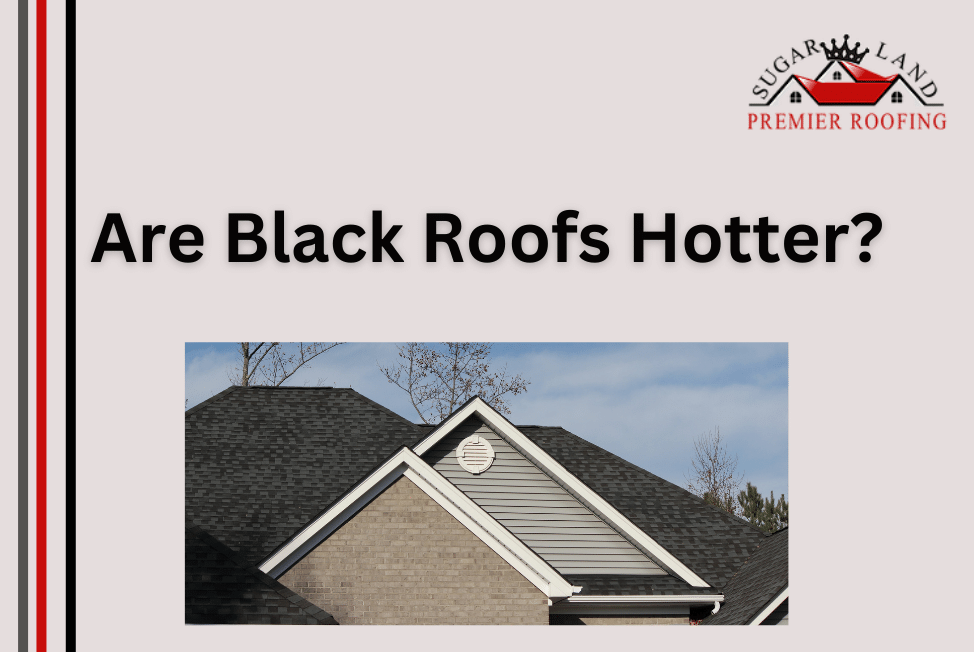If you are wondering, “Should I use slate or tile for my new roof?” Let Sugar Land Premier Roofing help you out! Are you planning a roof replacement? Choosing the right material is crucial for your roof’s longevity and your home’s safety. Every homeowner would want a sturdy and durable roof over their head. Thus, you can consider slate and tile roofing.
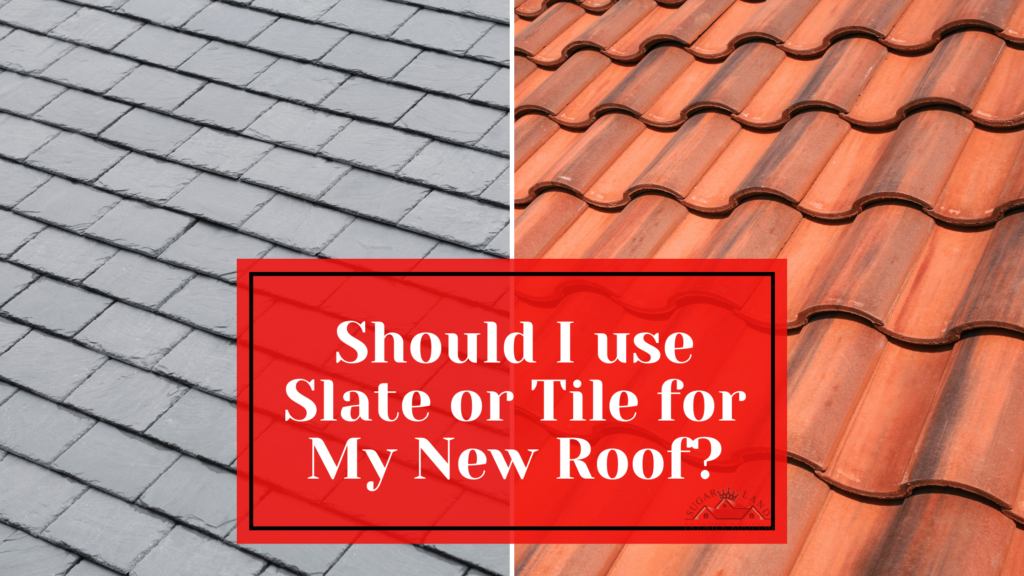
Slate and tile have their pros and cons. Finally, the best choice depends on various factors. Consulting with a professional roofing contractor will lead you to make an informed decision. That is why we started walking you through the benefits and downsides of these roofing materials in our previous post.
Here, we will analyze tile roofing so you can make your choice.
The Next Candidate: Tile Roofing
You can install a tile roof on houses of almost any architectural type. You can choose from a wide range of colors. So, you will easily match your roof to the rest of your home’s exterior.
Are you considering selling your house? Usually, homes with tile roofs are sold faster than similar properties with asphalt shingle roofs.
But What Is Tile?
Manufacturers employ clay or concrete to make roofing tiles. Concrete tiles come from a kind of concrete designed especially for roofing. Likewise, clay tiles consist of earthy clays that producers burn to increase their durability.
The roofing industry recognizes both tiles because they keep out the heat, water, wind, and flames. It is common knowledge that tiles may survive decades as a roofing material.
Roofers install tile roofs starting at the edges, the lower part of the roof. Then, they fix each row of tiles, overlapping them one over another until reaching the roof’s top. These roofs are remarkably sturdy against the effect of weather elements. Indeed, they can last for centuries when properly installed and under favorable climatic conditions.
What Are the Tile Roofing Advantages?
For generations, clay tile has been a go-to option for roofs everywhere. It can withstand water, wear, and heat without burning. Concrete tiles are an economical alternative to clay tiles since it functions similarly and may last as long. Likewise, you can find concrete tiles in a rainbow of hues.
A correctly built tile roof may survive for many more years than one with asphalt shingles. Additionally, it will make you save money on air conditioning costs.
Most tile roofs require little upkeep. Tile roofs resist rot and insect damage and will never deteriorate. Yet, concrete tile has a propensity to collect moisture. Hence, inspect them more often.
They come from natural materials. So, we can reuse them. Further, they contribute significantly to reducing the roofing waste that ends in landfills because of their longevity. These features make them a remarkable environmentally friendly material.
What Are the Tile Roofing Disadvantages?
Tile, like slate, is a heavy roofing material. Therefore, you may need to strengthen the existing structure of your roof before installing it. Like slate, this is a brittle material. So, heavy impacts will easily crack it, and you must avoid walking directly on them. Also, nearby big tree branches may be a threat to these roofs.
Commonly, the price of clay or concrete roof tiles is double that of asphalt shingles. There is a higher initial investment. But the roof you get is stronger, last longer, and looks better. Besides, mildew and algae can grow on tiles in humid conditions. But you can clean it off readily or treat it without damaging the tile.
On the other hand, installing tile or slate roofs is not a job for every roofer. This is a challenging project that requires expertise and knowledge. The roofers must place them in a specific configuration to prevent water filtering in the roof.
Trust Your Slate or Tile Roof to a Reliable Local Roofing Business
Now you can compare slate and tile as roofing material options for your next roofing project. Slate and tile have their advantages and disadvantages. Both are good options for roofing replacement.
Still, getting a reliable slate or tile roof requires hiring a competent and experienced roofing contractor. Thus, look for local roofers with formal education and expertise in these materials.
Sugar Land Premier Roofing is the company to call in Sugar Land, TX, if you need to maintain or install a slate or tile roof.
But we offer top-quality roofing services with any material. We are specialists in installing asphalt shingles, metal roofs, slate, wood shakes, and synthetic roofing. The Sugar Land Premier Roofing team knows how to install or fix anything on your roof. Moreover, we do it better than anyone else!
For more information, contact Sugar Land Premier Roofing at 832-639-1299. We service areas in Sugar Land, Katy, Alvin, and Houston, TX.




